Finding activities for your family to enjoy while the rain is coming down and soaking the yard, driveway and your waterproof chair covers can prove to be a challenge. Instead of wasting the day away in front of the television, consider expanding your horizons with a day driven by Science, Technology, Engineering, and Math. Make STEM simple with these 4 activities that are fun for the whole family.
Welcome to Slime Time (Science)
Who could’ve guessed that the viral trend of making slime would become one of the most accessible ways to learn about chemistry? The process is simple enough: a chemical reaction brought to life by combining simple PVA glue with a slime activator. The result is sticky fun slime.
Before you start experimenting, it’s crucial to understand the science behind slime making. Slime is classified as a non-Newtonian fluid. Non-Newtonian fluids are neither solid nor liquid that encompass the characteristics of both forms. This means they can be picked up like a solid yet have the capability to expand and take the shape of any container like that of a liquid.
Chemical bonds are formed when the polyvinyl acetate molecules in glue are mixed with an activator, thus producing slime through the ensuing chemical reaction. These activators (borax, saline solution, or liquid starch) alter the position of the molecules in the glue through a process called cross-linking.
For your slime experiment, you’ll need:
- ½ cup school glue
- ½ cup water
- 1-2 tablespoons saline solution
- ½ teaspoon of baking soda
- Food coloring, glitter, and confetti
Start by mixing the water and glue together in a large bowl. Add the baking soda and stir until completely combined and dissolved into the glue mixture. Add food coloring and other desired mix-in ingredients. Finish with the saline solution, one tablespoon at a time.
At this point, you should have slime. Remove from the bowl and knead gently with your hands. You’ll find that as you work with it, the slime will become more and more compounded. This kinetic energy is a response of the newly formed chemical bonds strengthening.
Big Screen Basement (Technology)
When enjoying a movie under the stars is out of the question, you have to make do with bringing the outdoor cinema indoors. These circumstance present you with a plum opportunity to innovate through the design and execution of a DIY phone projector. This project is a great way to encourage your whole family to think about and experiment with technology.
You could do away with TV covers and use your flatscreen for movie night, but where’s the fun in that? With just your smartphone and a few common household items, you’re well on your way to creating a tech-savvy and budget-friendly movie projector.
Our eyes have a lens similar to that of magnifying glasses. Without the remarkable ingenuity of our brains, humans would see the world upside down. When you place your phone inside your shoebox, ensure that it’s upside down. As the video plays, the light will filter through the magnifying glass and project onto a wall right side up – highlighting the human eye’s ocular ability through means of technology.
As the image travels through the shape of the circular magnifying glass, it bends the straight lines of the light and translates them almost 15x their actual size – thus mimicking the output of a traditional projector.
To construct your projector, you’ll need:
- Shoe box measuring 15 inches long
- Magnifying glass measuring 10 centimeters in diameter
- Marker or pen
- Velcro strips
- Box cutter
- Black tape
- Black paint
- 1 smartphone
To start, punch the magnifying glass out from its holder so that you just have the ocular portion. Using your pen, mark the circumference of the magnifying glass around the edge on to the box. You should do this on the short end so that you have plenty of distance between your phone and the glass.
Cut the circle using your box cutter, rounding the edges the best you can. Your magnifying glass should now fit easily into the circle.
Next, paint the interior of your box with the black paint. This will need to dry thoroughly before you secure the magnifying glass with your black tape. It’s important to create a dark “theater” inside your projector to help gather, focus, and project the light that will illuminate the screen.
Secure your phone using velcro tape. You should do this upside down so that the image projects right side up when it’s time for the feature presentation to start. For more on this, include a visual aid.
When the weather has improved and you’re able to pull off the waterproof chair covers and use your DIY projector outdoors. The only other supplies you need are custom tarps or opaque outdoor vinyl curtains to serve as screens and an outdoor bluetooth speaker for sound. Now you’re good to go for movie night.
TIP: Challenge your family to problem solve using computational thinking. Computational thinking is the process of resolving problems in a systematic way conducive to the logic behind computer science.
Eggcellent Engineering (Engineering)
Who knew that the main component of the easiest engineering experiments is sitting right in your fridge? Chances are you have a carton of eggs from your last trip to the grocery store. Put some aside next time you make breakfast and you’ll be ready to pull off an egg-cellent engineering activity.
Egg drop experiments consist of a simple enough premise: every participant must come up with a carrier device that keeps an egg from cracking when dropped from a fixed height at the same point of impact. To achieve this, you must have the right combination of materials, construction, and physics.
Have a wide variety of construction materials on hand for your family to utilize, and preferably those that can be recycled. Some of the most popular material choices for egg drops include:
- Disposable straws
- Plastic grocery bags
- Popsicle sticks
- Masking tape
- Cardboard
- Cotton balls
- Newspaper
Give each engineer a day to construct their contraption using the provided materials. While the backyard protective outdoor sofa cover may be the first choice for egg drops due to the easy cleanup, the garage will work just as well in lousy weather. Set up a space in your garage where you can lay out one of your custom tarps and place a ladder on top. Once the carriers are ready for takeoff, ascend to the top of the ladder and drop them one by one.
The results of the egg drop may surprise you! While some broken shells are to be expected, there’s a good chance at least one of the engineered contraptions will have kept the precious cargo safe and sound.
Gone with the Windball (Math)
Everyone always forgets that shapes are a crucial component of mathematics, inextricably linked to a variety of more specified fields of study. Makedo Windballs are a simple geometric project to challenge your family.
Science and art don’t always mix. Windballs, however, seamlessly blend the two by way of using simple cardboard shapes to construct a unique spherical shape. It’s through this project that you learn that no sphere is perfect and that all spheres are made from other shapes.
A windball is similar to that of a magnetic geodesic sphere toy in that you’re taking two separate components and connecting them to form a ball. For this project you will need:
- 32 12 inch cardboard squares
- 60 push pins
- 60 push clips
- A box cutter
To begin, make sure your cardboard cutouts are uniform, though not identical. This will be crucial in connecting them. Next, make small incisions in each of the corners of your cutouts. These should be as equally spaced as you can get them without using any exact measuring tool.
Next, place the first of your cutouts on the ground before lining up the next of your cutouts corner to singular corner with the first. Repeat this three more times, securing and fastening cardboard with your push pins and clips.
Repeat this process, slowly building the spherical structure of your ball from the ground up. As you do this, you should notice that the cardboard is taking a soccer ball-like visual design.
When complete, your ball should be structurally sound and able to roll on without falling to pieces. If weather permits, you can even take your ball outdoors for a day of fun in the pre-spring sun.
You can find thorough instructions here.
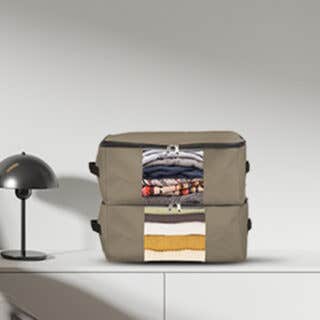
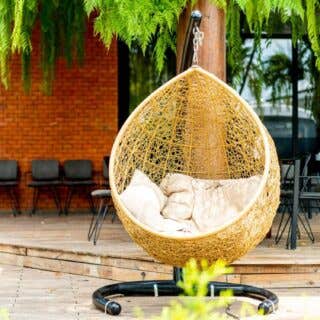





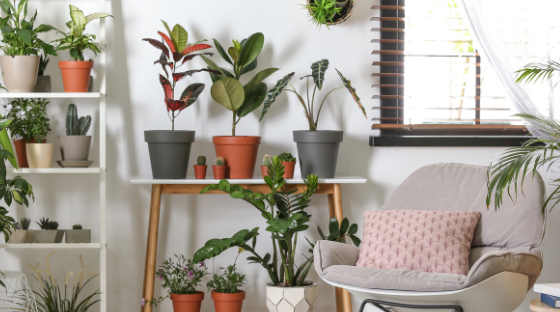
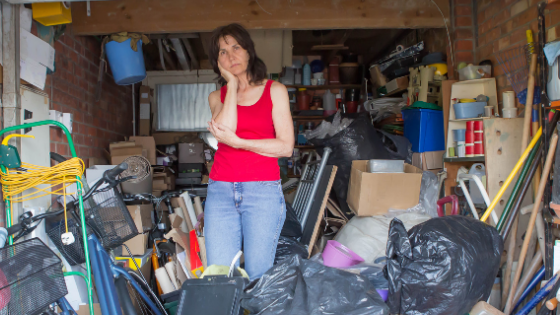
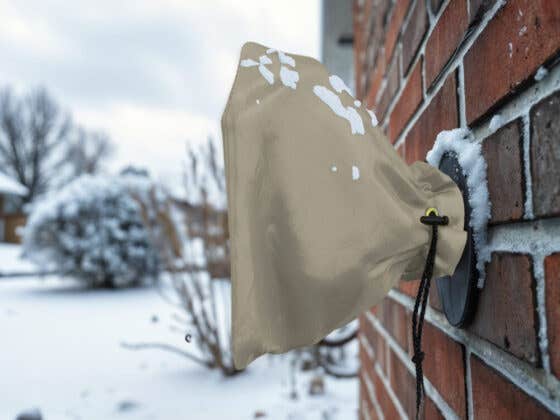
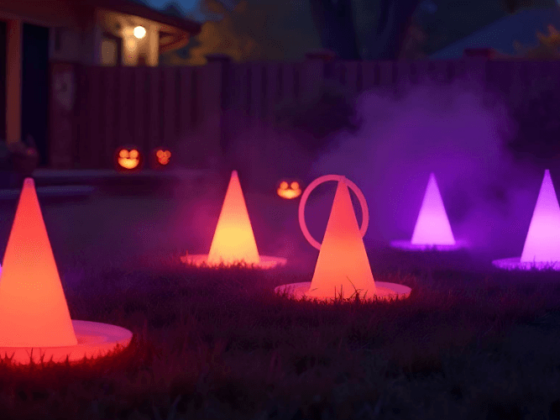


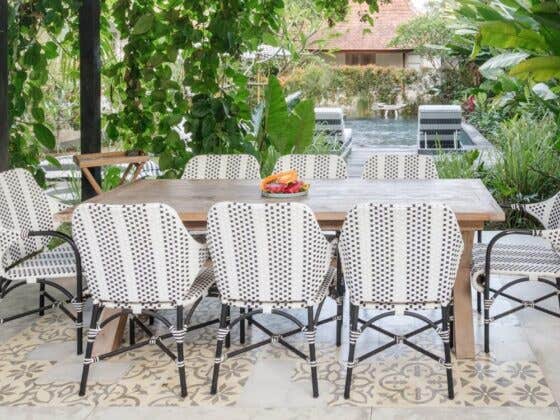


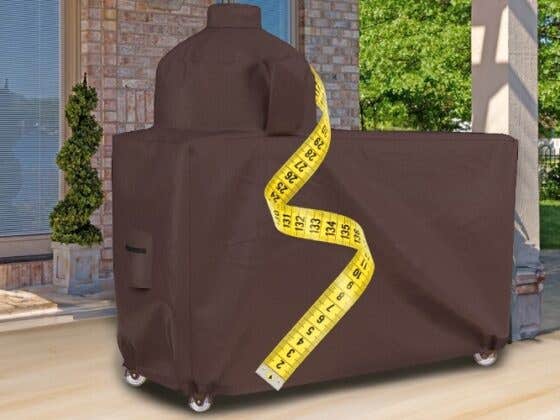
Recent Comments